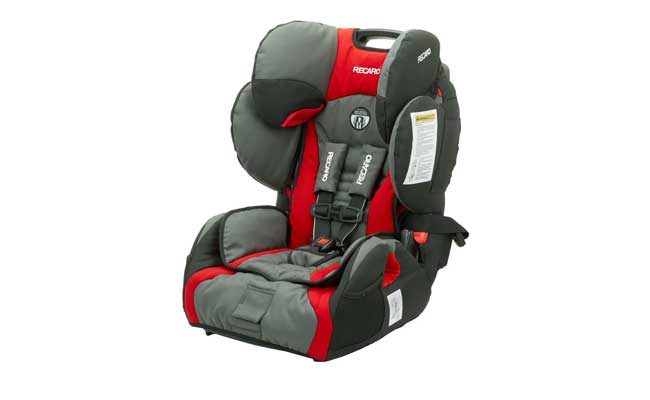We’ve all seen it on TV shows like Motorway Cops and Traffic Cops. Drivers pulled over for travelling in a car packed with unrestrained kids. The laws around travelling with children in cars have changed over the years to reflect greater safety concerns and understanding of road traffic accidents and prevention of injury.
It isn’t always easy to keep up with them but, as a parent it is vital that you ensure you’re up to date with car seat laws. Vospers Blog team checks out the lowdown on child car seats and how and when they must be used.
It’s not just common sense that children should be properly restrained in the car until they are 12 years old or 135cm tall, it is the law. By properly restrained, the law means a suitable child car seat or booster as of course all adults should be restrained by an adult seat belt too. The car seat must be one meeting EU standards and carrying the appropriate safety markings. Look out for a capital E in a circle on the product.
Which type of car seat?
Currently the recommendations are that the appropriate restraint is based on the weight and height of the child. Advice suggests that you should always allow your child to stay in the lowest group car seat possible for their size as long as possible rather than rushing to swap to the next type too soon. The low down is as follows:
Group 0+
These car seats are rear facing and provide the best protection for a baby up to 13kg. Please note that Group 0 car seats are no longer produced – these catered for babies up to around 9kg.
Group 1
These car seats are usually forward facing but sometimes rear facing and are suitable from 9kg to around 18kg.
Group 2-3
These are usually booster seat or cushion style and suitable from around 15kg and over.
It’s a good time to highlight that the laws are in the process of changing and over the next five years it will become compulsory to use a rear-facing car seat until babies are 15 months old or more. You may hear this talked about under the name of i-Size which are new regulations aimed at keeping children in rear facing seats for longer. Read more about this here. Many parents are keen to have their children facing forward as early as they are allowed as they feel it will be more enjoyable for their baby but expert studies show that children are safer in a rear facing seat as long as possible.
Front or back?
Babies and children may travel in the front seat of the car in the appropriate child car seat or booster seat for their age however, you must always ensure that there is no front passenger air bag or that it is deactivated while travelling with a rear-facing infant car seat.
Exceptional circumstances
While the best situation for travelling by car is always to have proper restraints for your children, the law has introduced an allowance for very exceptional circumstances. These include travelling by taxi when it is not always possible to use a car seat. In these instances children must travel in the rear of the car. Under 3s may travel unrestrained with the help of an adult and over 3s must be restrained by an adult seat belt. This should only be applied in special situations and the best action is to use a taxi firm that carries child seats or to take your own along. The full list of exceptional circumstances can be found on the government’s driving and transport website here.
Brand new or second hand?
Car seats can be costly but experts strongly recommend that you don’t buy a second hand car seat as you will be unable to guarantee that it has never been weakened by being involved in a crash. Read more about this here.





